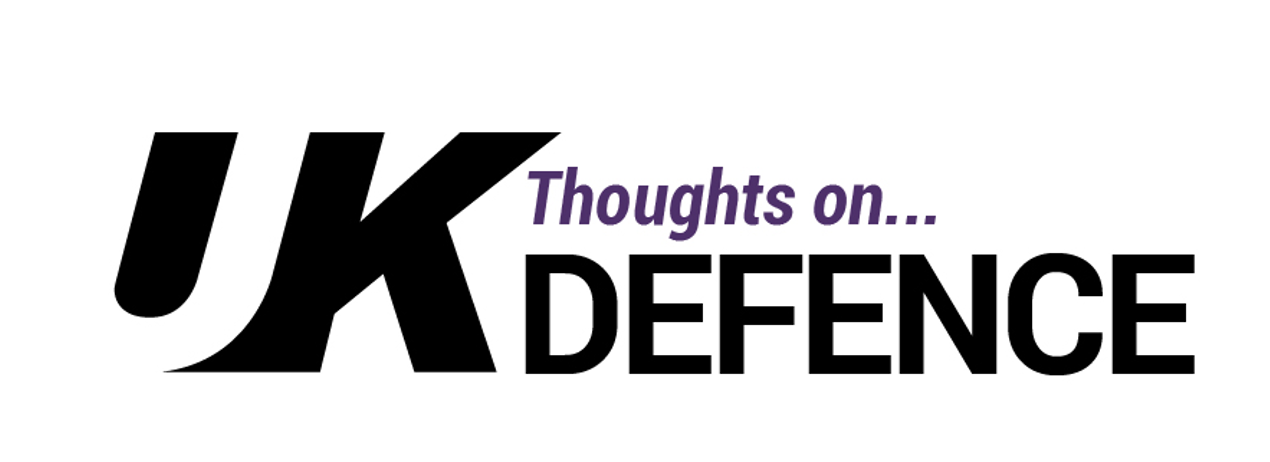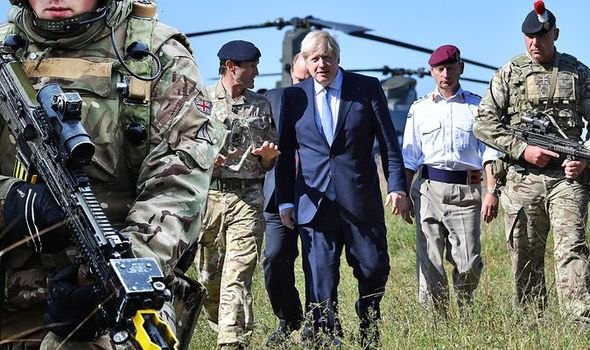During her campaign to become leader of the Conservative Party, Liz Truss promised to increase defence spending to 3 per cent of GDP by 2030. Last week, in her first speech to the UN General Assembly as prime minister, she re-iterated this promise, confirming that spending 3 per cent of GDP on defence would maintain the UK’s position as the leading security actor in Europe. However, before defence chiefs’ eyes widen in anticipation, they should consider two things: 2030 is still 8 years away and action always speaks louder than words.
Lessons from the Past
The trajectory of post-Second World War UK defence policy has been a continuous process of contraction and decline with the defence budget as a percentage of GDP steadily falling from a Cold War high of 9.8 per cent in 1953, to a low of 1.7 per cent in 2019 (Source: Stockholm International Peace Research Institute, Military Expenditure Database). Indeed, the only significant increase in defence expenditure over the entire period was in support of the rearmament programme of the early 1950s, which was driven by the Korean War. Nevertheless, only 4 years later, the same Conservative government announced a major review of defence policy, the Sandys’ Review, that resulted in significant reductions in military capability across all three services.
The most commonly held view among defence academics is that economic constraints have been to blame for the contraction of the defence budget. As the architect of the 1975 defence review, Roy Mason observed, ‘the imperatives of economics, no matter how illogical this may be, do in fact exercise a commanding influence over the level of resources which we can devote to defence’.
Looking to the Future
If the future economic health of the country is to play a part in decisions over increasing defence spending, early observations following new Chancellor Kwasi Kwarteng’s mini budget are not encouraging. In the first full day of trading after his mini budget, the pound fell to its lowest rate against the dollar since decimalisation in 1971. Admittedly, it is still early days, but the current administration has a lot of work to do to get the economy into a position where the government can afford to boost defence spending by £52 billion.
A lot can happen between now and 2030 when the prime minister has promised the defence budget will reach 3 per cent of GDP. Given the current geostrategic volatility, it is impossible to predict what the world will look like then; however, we do know that the UK will have had at least 2 more general elections. And both will test the survivability of Liz Truss’ defence spending pledge. Traditionally, defence and security issues have taken a back seat during election campaigns, with former Defence Secretary Philip Hammond famously commenting before the 2015 election, ‘there are no votes in defence’.
More significantly, during the 2010 election campaign, even at the height of operations in Afghanistan, defence remained bottom of the list of voters’ concerns, almost 30 percentage points behind the old favourites of the economy, health and education. RUSI Deputy Director-General Malcolm Chalmers has estimated that funding a rise in defence spending to 3 per cent of GDP would require an increase of around five pence in the pound to the standard and higher rates of income tax. Come the next election, such a policy may have problems surviving contact with voters who are likely to be still fixated on issues closer to home, such as the ongoing cost of living crisis and fixing the NHS.
Conclusion
In these increasingly troubled times, there is little doubt that stronger and more capable armed forces are a good thing. In the current economic climate, however, it is difficult to see how the government will be able to convince the general public that a massive rise in defence spending is more important than reducing domestic energy bills or cutting NHS waiting lists. Promising to spend more money on defence in eight years’ time is an easy commitment to make, but when it comes to the UK’s defence budget actually reaching 3 per cent of GDP, it’s not too cynical to say that seeing is believing.






